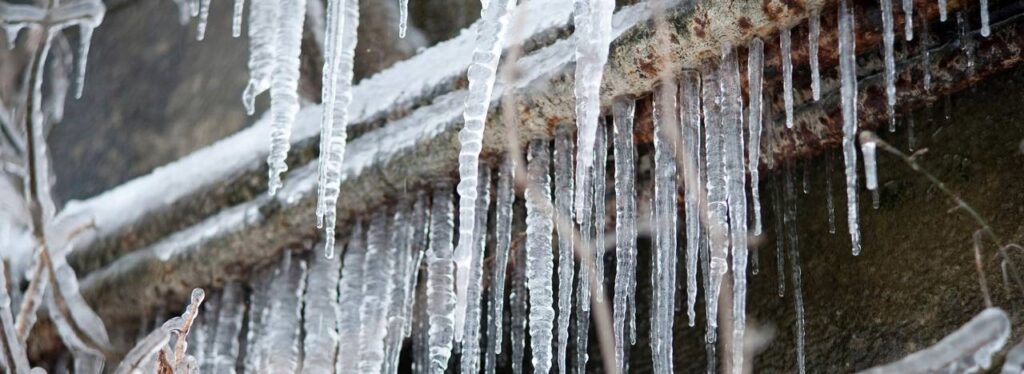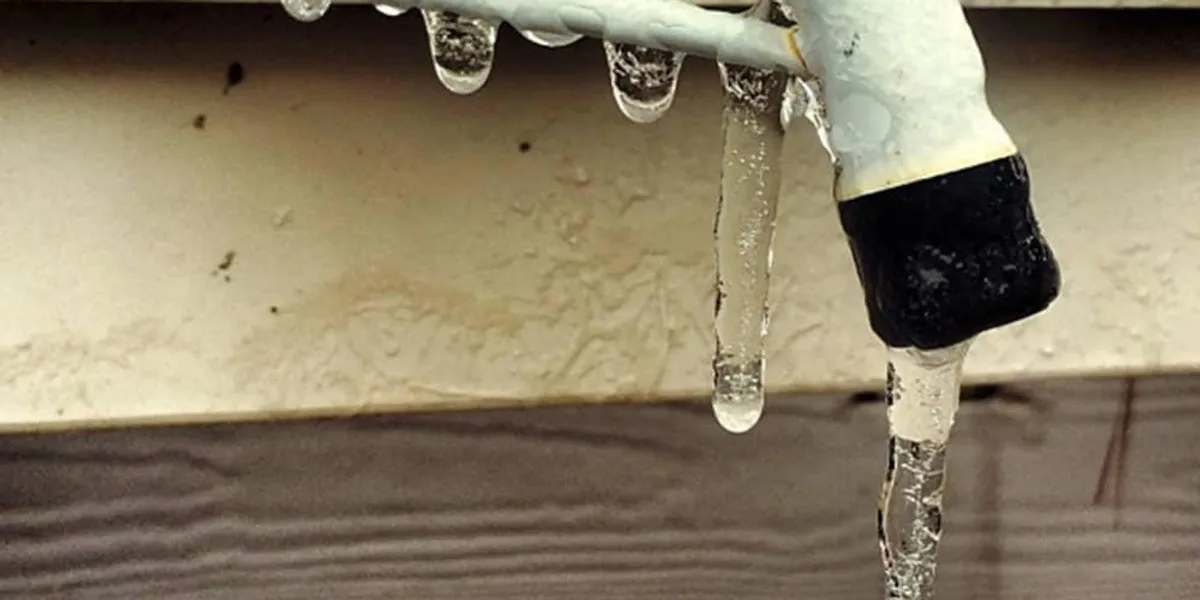We've noticed the article pertaining to How to prepare your home plumbing for winter weather down the page on the net and accepted it made perfect sense to share it with you in this article.

Winter can damage your plumbing, especially by freezing pipes. Here's just how to stop it from occurring and what to do if it does.
Introduction
As temperatures decline, the threat of frozen pipes increases, possibly causing expensive repairs and water damages. Comprehending how to stop frozen pipelines is vital for property owners in cold climates.
Comprehending Icy Pipelines
What triggers pipelines to ice up?
Pipelines ice up when exposed to temperature levels below 32 ° F (0 ° C) for expanded periods. As water inside the pipelines freezes, it broadens, taxing the pipeline walls and potentially causing them to rupture.
Dangers and problems
Icy pipelines can bring about water system disturbances, residential property damages, and costly fixings. Ruptured pipelines can flooding homes and trigger substantial architectural damages.
Signs of Frozen Pipeline
Identifying frozen pipes early can stop them from breaking.
Exactly how to recognize icy pipelines
Try to find reduced water flow from taps, uncommon odors or noises from pipes, and visible frost on subjected pipes.
Avoidance Tips
Protecting at risk pipelines
Cover pipes in insulation sleeves or utilize warmth tape to secure them from freezing temperatures. Focus on pipelines in unheated or external areas of the home.
Home heating strategies
Maintain indoor spaces appropriately heated, particularly locations with plumbing. Open up cabinet doors to enable warm air to circulate around pipelines under sinks.
Protecting Exterior Plumbing
Yard pipes and exterior faucets
Disconnect and drain pipes yard pipes prior to winter. Install frost-proof faucets or cover outdoor taps with protected caps.
What to Do If Your Pipes Freeze
Immediate activities to take
If you suspect icy pipes, maintain faucets open up to soothe pressure as the ice thaws. Utilize a hairdryer or towels taken in hot water to thaw pipelines gradually.
Long-Term Solutions
Structural changes
Think about rerouting pipelines away from outside wall surfaces or unheated areas. Include extra insulation to attic rooms, basements, and crawl spaces.
Upgrading insulation
Buy top notch insulation for pipes, attic rooms, and walls. Correct insulation helps keep constant temperature levels and reduces the threat of frozen pipes.
Verdict
Stopping icy pipelines requires positive actions and quick reactions. By comprehending the reasons, indicators, and preventive measures, property owners can secure their pipes throughout cold weather.
5 Ways to Prevent Frozen Pipes
Drain Outdoor Faucets and Disconnect Hoses
First, close the shut-off valve that controls the flow of water in the pipe to your outdoor faucet. Then, head outside to disconnect and drain your hose and open the outdoor faucet to allow the water to completely drain out of the line. Turn off the faucet when done. Finally, head back to the shut-off valve and drain the remaining water inside the pipe into a bucket or container. Additionally, if you have a home irrigation system, you should consider hiring an expert to clear the system of water each year.
Insulate Pipes
One of the best and most cost-effective methods for preventing frozen water pipes is to wrap your pipes with insulation. This is especially important for areas in your home that aren’t exposed to heat, such as an attic. We suggest using foam sleeves, which can typically be found at your local hardware store.
Keep Heat Running at 65
Your pipes are located inside your walls, and the temperature there is much colder than the rest of the house. To prevent your pipes from freezing, The Insurance Information Institute suggests that you keep your home heated to at least 65 degrees, even when traveling. You may want to invest in smart devices that can keep an eye on the temperature in your home while you’re away.
Leave Water Dripping
Moving water — even a small trickle — can prevent ice from forming inside your pipes. When freezing temps are imminent, start a drip of water from all faucets that serve exposed pipes. Leaving a few faucets running will also help relieve pressure inside the pipes and help prevent a rupture if the water inside freezes.
Open Cupboard Doors
Warm your kitchen and bathroom pipes by opening cupboards and vanities. You should also leave your interior doors ajar to help warm air circulate evenly throughout your home.

As a devoted reader about 6 Ways to Prevent Frozen Pipes, I think sharing that short article was smart. Those who enjoyed our post plz don't forget to share it. Kudos for your time. Revisit us soon.
Call Today